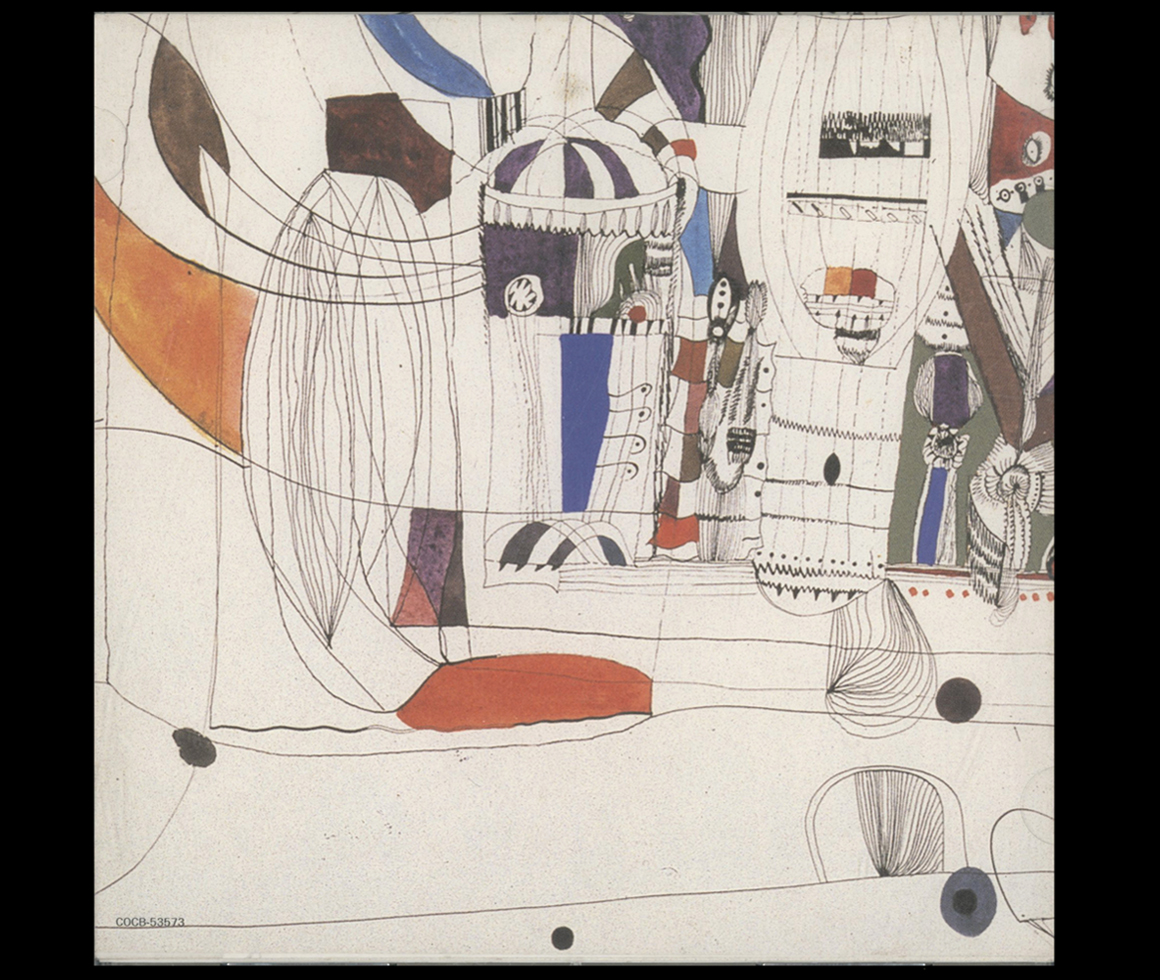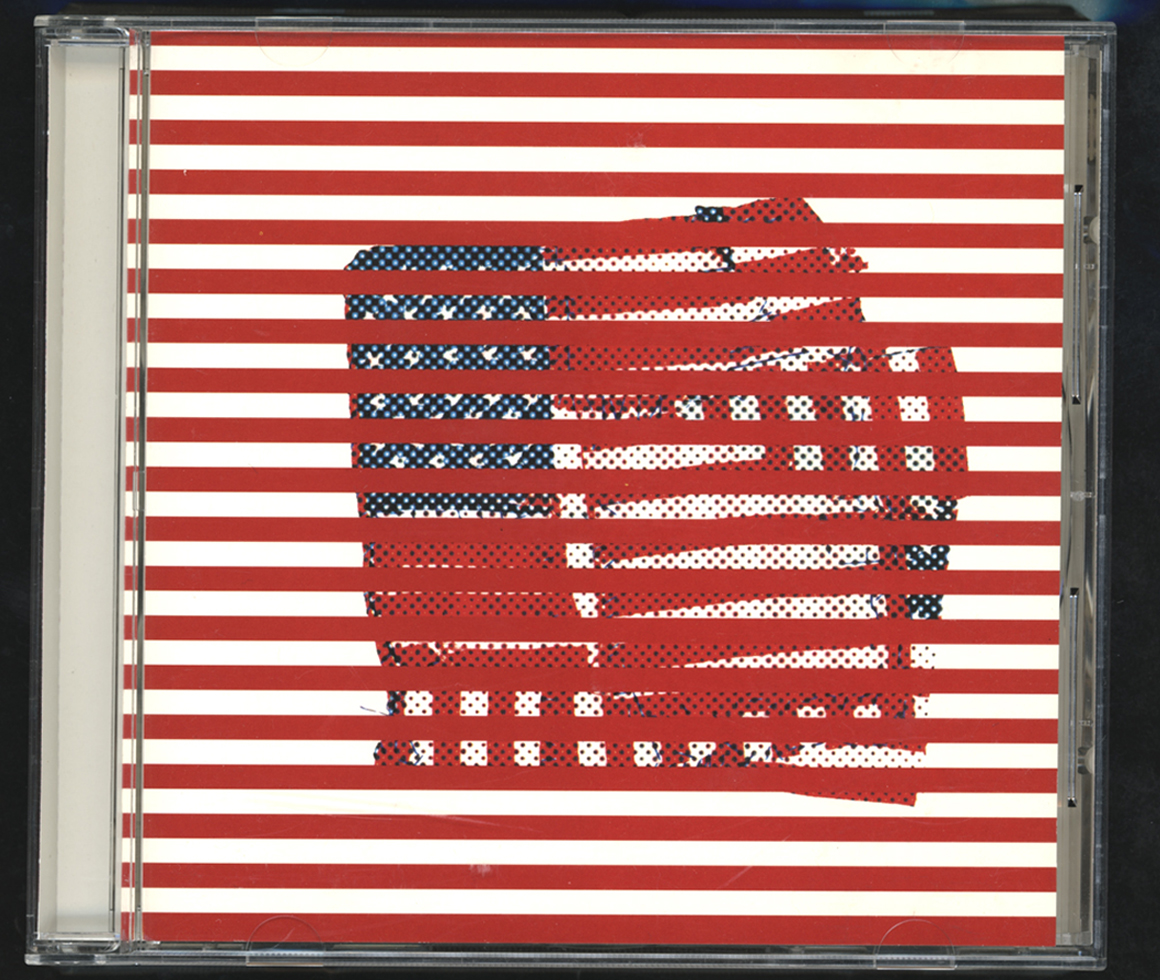蓮沼執太の月一音一盤
Shuta Hasunuma’s Monthly Audio Platter This month’s album : Jim O'Rourke "Corona – Tokyo Realization" (Composer: Toru Takemitsu)
2021.06.25
Words by Shuta Hasunuma

The theme of the second issue of this column is "Freedom." Freedom is one of music's eternal themes. We musicians may even be creating our musical pieces in our quest to realize this theme. For this issue, I've selected "Corona for Pianists," composed by Toru Takemitsu when he was 31 years old. This album, titled "Corona – Tokyo Realization," is a recording of a performance by Jim O'Rourke in 2006. When you hear the word "corona," it's hard not to immediately jump to the virus, but in this case "corona," I believe, is used in the sense of the sun's corona. The sun's corona is the outermost layer of gas in the sun's outer atmosphere. It can be seen as a glowing, crown-like shape when there is a total solar eclipse. The reason for this title lies in the sheet music. It is not written using a typical five-line staff, but instead is a graphic score created by Takemitsu in conjunction with graphic designer Kohei Sugiura. This sheet music, also referred to as graphic notation, consists of five sheets of colored paper – blue, red, yellow, gray, and white. Each has two concentric rings on it, surrounded by various symbols. Each piece of colored paper provides instructions on how the performance is to be approached. They can be played one at a time, overlapped, or staggered. The musician is free to perform the music as he or she wishes. While the composer has outlined the broad direction of the piece through the choice of paper colors and the symbols, in actual performances the performer can interpret these paper colors and instructions while freely creating music with minimal restrictions. As you can tell, it is a work of music performed in a very unusual way.
Composers usually want performers to faithfully observe the concepts and intents of pieces when they perform them. In Takemitsu's use of graphic notation, instead of a staff, you can sense that he is leaving things up to the performer – that he has provided leeway so that he, as the composer, can enjoy the changes made by the performer. The work leaves the hands of its creator and changes its form fluidly and freely, shrugging off the constraints of time and ringing out through the world as sound. Takemitsu wrote this piece for a recital by Yuji Takahashi, and it was first performed in 1962 by Takahashi and composer Toshi Ichiyanagi. It could even be considered a gift from Takemitsu to Takahashi. The recording of Takahashi's performance of the work is powerful, like a raging river. Precisely because the work is written using graphic notation, it is created by chance as the visual elements of the graphic notation are transformed into auditory elements. The piece has a very private atmosphere, and as time passes and performers change, it takes on a more modern tone. I even feel like, with the passage of time, "Corona for Pianists" has become a gift from performers to Takemitsu.
O'Rourke released the album "Tokyo Realization," his performance of "Corona for Pianists," while I was a university student. It was a commemorative work, released 10 years after Takemitsu passed away, and an exhibition regarding Takemitsu, titled "Toru Takemitsu - Visions in Time" was held at Tokyo Opera City. I thought that I had heard every recording of Toru Takemitsu's music, so I was stunned when I heard this album. It was so free! There had been other recordings of performances of "Corona for Pianist," but this one was completely different. A Hammond organ, piano, and electric piano (Fender Rhodes) were all used on the album. The album has two versions of the same piece, and it was startling to hear the difference in the music that was produced by the same sheet music. Both pieces were over 20 minutes long – apparently O'Rourke decided on the length in advance. He decided on specific lengths for each section of the work, and then chose the instrument to be used in each. The recordings of the instruments were overlapped, and the performances are sprinkled with noise-like, unsettling sounds. Those are the sounds of the piano. O'Rourke placed various materials, such as mallets, sticks, rubber, plastic, and bells inside a grand piano, and he played not only by pressing the piano's keys but also by placing objects against the strings, creating unique sounds. This approach was not intended simply to create strange sounds, but instead was a very musical approach. Emotions and tension ebb and flow, and you can feel the profoundly essential nature of the sounds.
The album’s artwork is also quite striking. O'Rourke himself selected a painting by Fumio Nanbata, a painter with close ties to Takemitsu. Takemitsu created a score using graphic notation to stimulate the imagination of the performer, making music leap freely from the page. O'Rourke took on this challenge and lived up to it with a beautiful performance, for which I feel the utmost respect. I hope this album leads you to explore the works of Toru Takemitsu and Jim O'Rourke.
Contributors

Shuta Hasunuma
Musician
Born in 1983 in Tokyo. In addition to releasing his own recordings and organizing and performing with the Shuta Hasunuma Philharmonic Orchestra both in Japan and abroad, he has collaborated in genres across the performing arts, including film, theater, dance, and musical production. Most recently, he has been applying musical composition techniques to a variety of media to present video, sound, sculpture, and installation works in both solo exhibitions and projects. He is active in Japan and abroad. In 2014, he received a grant from the Asian Cultural Council (ACC), and in 2017, he was a member of the Agency of Cultural Affairs’ East Asian Cultural Exchange Envoy. His major solo exhibitions have included “Compositions” (New York, Pioneer Works, 2018) and “~ ing” (Tokyo, Shiseido Gallery, 2018). His latest album is Shuta Hasunuma Philharmonic Orchestra’s “ANTHROPOCENE” (2018). For “~ ing” (Tokyo, Shiseido Gallery, 2018), he was awarded the 69th Art Encouragement Prize for New Artists from the Minister of Education, Culture, Sports, Science and Technology.




